The 12 Course Banquet: Traditional Chinese Wedding Menus 十全十美中式婚宴菜單
Written by 撰文: Harvey Tam
Photography: Calvin Lee Photography
Cuisine Provided by: Rovey Chinese Catering 粤私房專業中菜到會
As featured in The Inaugural Art of Celebration Annual
The idea of a traditional southern Chinese meal may seem like a straight-forward concept in a multicultural Greater Toronto Area, where Chinese cuisine is available in many neighbourhoods. However, when we think about its evolution and existence, it is noteworthy to contextualize the hospitality and food industry, largely made up of new immigrants or first generation operators within the diaspora history of Chinese-Canadians in Canada, which is generally traceable to a maximum of four generations for families who arrived in the early 1900’s and more commonly two generations.
This chapter focuses on the traditional 12 course meal in Chinese celebrations, which is commonly associated with restaurants that host banquets. In the last half century in Canada, there have been several restaurant chains (some now closed and many still thriving) that have been faithfully serving this type of banquet menu in-house. When it comes to catering specifically, there are very few companies who specialize in servicing banquets with the traditional Chinese 12-course meal, given its complexity, required skill set, and server team. One of these teams in the Greater Toronto Area is led by Harvey Tam, who owns and operates Rovey Chinese Catering and Private Dining in Markham.
Entering the food industry at an early age, Tam equipped himself with experience in many different areas of the food industry, particularly in banquets for both Chinese and Western cultures. Working in large scale Chinese restaurants, renowned hotels and banquet halls provided him the knowledge of Chinese banquets including menu planning, operations and Chinese traditions along with immersive training in operations, stewarding, sales and catering. Along with a Certified Hospitality Supervisor (C.H.S.) Designation, Tam’s professionalism has been recognized by both the industry and the Chinese community at large in Toronto. He has been invited to consult and in some cases join different venues in management positions: operations at renowned venues, where he oversees events that sometimes range to 2500 guests; sales management for large scale events bookings; event management to handle logistics and details of events; representation of ownership to oversee a team of sales managers; and general operations including kitchen, stewarding, and maintenance.
The combined knowledge and experience in the Chinese and Western food and service industries propelled him to enter the Chinese catering market and establish Rovey Chinese Catering. The application of knowledge is complex, where using Western cooking equipment, he is tasked to lead his team to create traditional Chinese cuisine with authenticity and high quality. The operations of the catering business is almost like an art form, shaped by the cultural fusion and demand for elegance, despite the differences and nuances. The details and challenges of design include how dishes are plated in family style and then served into individual portions.
In the last twenty years, Tam has assisted many venues across the GTA to enter and be sustainable in the Chinese banquets market and be able to service complex weddings, galas, concert and dinners, corporate events, and charity events ranging from 100 to 2500 guests.
The traditional Chinese wedding banquet is not only a celebration (of marriage), it also serves as an important bridge to bring Chinese culture into a celebration and a gathering of families and friends.
Chinese culture values symbolism. On important occasions like the wedding banquet, the ingredients used are chosen with care, and each dish carries different meanings. A typical Chinese wedding banquet menu includes either ten or twelve dishes, symbolizing "full and perfection" or implying that the couple will have happiness throughout the twelve months of the year. Regardless of the number of dishes, the number of courses served must be an even number, as “even” in Chinese means “double” and good things come in two. It also represented the union of two people, the bride and the groom.
For this special feature, we invited Rovey Chinese Catering and Private Dining, to demonstrate twelve classic Chinese wedding banquet courses and introduce the meaning behind each dish.
中國人講意頭,在大日子上宴請親朋好友,用料固然講究,當中每道菜式亦帶有不同寓意,為一對新人送上各種祝福。一般中式婚宴菜單上包括十道或十二道菜式,取其「十全十美」之意,或寓意一對新人全年十二個月均美滿幸福。無論菜式多少,總數一定是雙數,祝福一對新人「雙雙對對」,好事成雙。
是次特輯,我們特意邀得「粵私房‧專業中菜到會」為我們示範製作共十二道經典中式婚宴菜式,並為大家介紹各項菜式背後的心思。
Roasted Pig 乳豬拼盤
The pig symbolizes the bride’s virginity or purity, and the Roasted Pig refers to the concept of “Heading to Fortune.” This is why the pig is usually a reddish color, as red signifies fortune.
在過去,乳豬象徵新娘的純潔。 現代社會中,新人及賓客不再注意乳豬的寓意,但乳豬依然是喜宴上最常見的第一道菜式。
Roasted Pig 乳豬拼盤
Prawns and Scallops 帶子蝦球
Prawns and Scallops 帶子蝦球
The word for scallop in Chinese means "bring a boy."
It is a wish for the couple to have many children to continue the family’s name. The word for shrimp in Chinese means "laugh" and represents wishes for the couple to be joyful and full of laughter.
帶子寓意新娘子「早生貴子」,而蝦球則取其諧音「哈」,寓意一對新人婚後美滿,時常笑哈哈。
Deep Fried Shrimp Mousse stuffed with Crab Claws 百花炸釀蟹鉗
Crab Claws with the Shrimp Mousse Ball are usually golden brown in color. While they symbolized gold and demonstrated the family's wealth in the past, they now represent wealth and prosperity for the couple.
酥炸蟹鉗香氣十足,令人垂涎三尺!一隻小小的炸釀蟹鉗往往要用上大量蟹肉,混合蝦膠及其他材料,極花功夫製作,只有婚宴等重要場合才特別用以招待客人。
Deep Fried Shrimp Mousse stuffed with Crab Claws 百花炸釀蟹鉗
Shark’s Fin Soup 上湯魚翅
Shark’s Fin Soup 上湯魚翅
Shark’s Fin Soup is a way to show the family's wealth. The word for shark’s fin in Chinese also symbolizes a good future in one's career or success in business. With recent concerns about the ethics of harvesting shark fins, wedding couples are substituting it with other expensive delicacies, such as Bird’s Nest Soup or Abalone Soup.
象徵「大鵬展翅」。近年基於環保的考慮,不少新人會轉用燕窩羮或鮑魚湯等其他矜貴湯羮代替。
Braised Abalone 紅燒鮑魚
The word for abalone in Chinese represents abundance. Serving this dish signifies a wish for the couple to have a plentiful and abundant life.
鮑魚同樣是矜貴的食材,用於喜宴上更顯富貴;鮑魚亦代表「荷包滿滿」,財運亨通。
Braised Abalone 紅燒鮑魚
Twin Lobsters 雙龍出海
One of the characters for lobster in the Chinese language translates to “dragon”, which symbolizes the groom. When this dish is served with the chicken it represents the pairing of the dragon and phoenix and the marriage of the couple. Lobsters must be served with the head and tail to signify wholeness and good things for the groom.
北美不少地區盛產鮮甜彈牙的龍蝦,而且中國傳統中,「龍」是尊貴身份的象徵,同時亦帶有「龍精虎猛」、身體健康、精神爽利的含意。
Whole Chicken 當紅炸子雞
The chicken represents the phoenix, symbolizing the bride. The chicken is served with the lobster to represent the union of the bride and groom. There is also a Chinese saying that a banquet is not a banquet without chicken. Like the lobster, the chicken must also be served with head and tail to signify wholeness for the bride.
中國有句老話:無雞不成宴;雞是任何中式宴席中的必備菜式。而於中式婚宴中常用於宴客的,是「有頭有尾」炸子雞,取其喜氣洋洋之意。
Steamed Fish 清蒸湖中鮮
The word for fish means plentiful or abundance in the Chinese language. This dish is served to wish the new couple an abundance of good things, particularly wealth. Fish must also be served with head and tail to represent wealth and happiness for the couple.
中國人宴客,必定要「有餘有剩」,因此完完整整,連頭帶尾的青斑是絕不能少的。新鮮清蒸海魚,肉質鮮嫩,配上蔥絲及淋上滾熱的豉油熟油,是不少長輩或愛吃之人的心頭好!
Fried Rice 炒飯 & E-Fu Noodle 干燒伊麵
Traditionally, rice represented a full harvest, and to serve rice at a banquet is to wish the couple wealth and good returns. Rice is not considered main courses and are served to ensure a full and satisfying meal at the end of a banquet. Noodles symbolize longevity and long life. Serving noodles at a Chinese wedding is to wish the couple a long-lasting marriage and a long life. Similar to rice, it is usually not considered a main course.
中國人,尤其是廣東人,講求「有米氣」、「有飯落肚」;在一餐盛宴中,更是保證賓客飽足的食物。象徵長久和長壽的伊麵,是米飯以外,在婚宴尾聲時令人感到美滿飽足的食物。
Duo Fancy Pastries 美點雙輝
Duo Fancy Pastries are typically labelled as “Always Together” in Chinese on wedding banquet menus.
They are always presented in pairs, symbolizing duality and the concept of two hearts that are always together.
兩種不同的甜點小吃,為婚宴劃上圓滿、甜絲絲的句號。
Red Bean Soup with Lily Bulb and Lotus Seeds 蓮子百合紅豆沙
Red symbolizes good luck or fortune. Lily bulbs in Chinese culture means "being together for a hundred years," while lotus seeds symbolize "many children." Together this dessert signifies all the good things for the wedding couple and everlasting blessings.
百合代表「百年好合」,而蓮子取其同音,寓意新人早生貴子。在享用一頓豐富美宴後,一碗蓮子百合紅豆沙令人感到滋潤甘甜。
From a display of the family's prosperity, the Chinese wedding banquet has evolved into a celebration of the love between the wedding couple and a gathering of cherished family and friends. With the symbolic significance of various ingredients in Chinese banquet menus, many main courses, such as the roasted pig, lobster, chicken, and fish, are indispensable. Many Chinese couples who grew up in the West may not follow all traditional wedding rituals. However, they often insist on serving a Chinese menu at their banquet or hosting a separate Chinese wedding banquet alongside a Western one. After all, food is of paramount importance. It's a way to honour their culture, and indeed an irresistible opportunity to treat friends and family to a feast.
在傳統華人觀念中,婚宴宴客除了慶祝一對新人締結良緣,更是對父母長輩的尊重,因此特別講究排場。不少在西方長大的華裔新人在籌辦婚禮時,未必會遵從傳統婚禮的各項習俗,但不少仍會堅持以中式菜單宴客,或在西式婚宴外另設中式喜宴。畢竟,民以食為先,面對花款繁多,用料矜貴,滋味十足的中式美食,誰可抗拒?
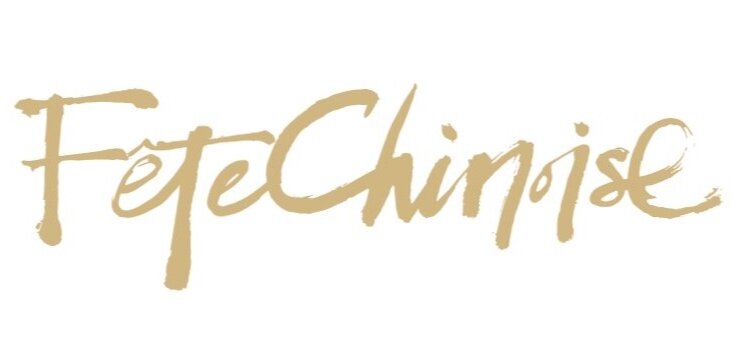




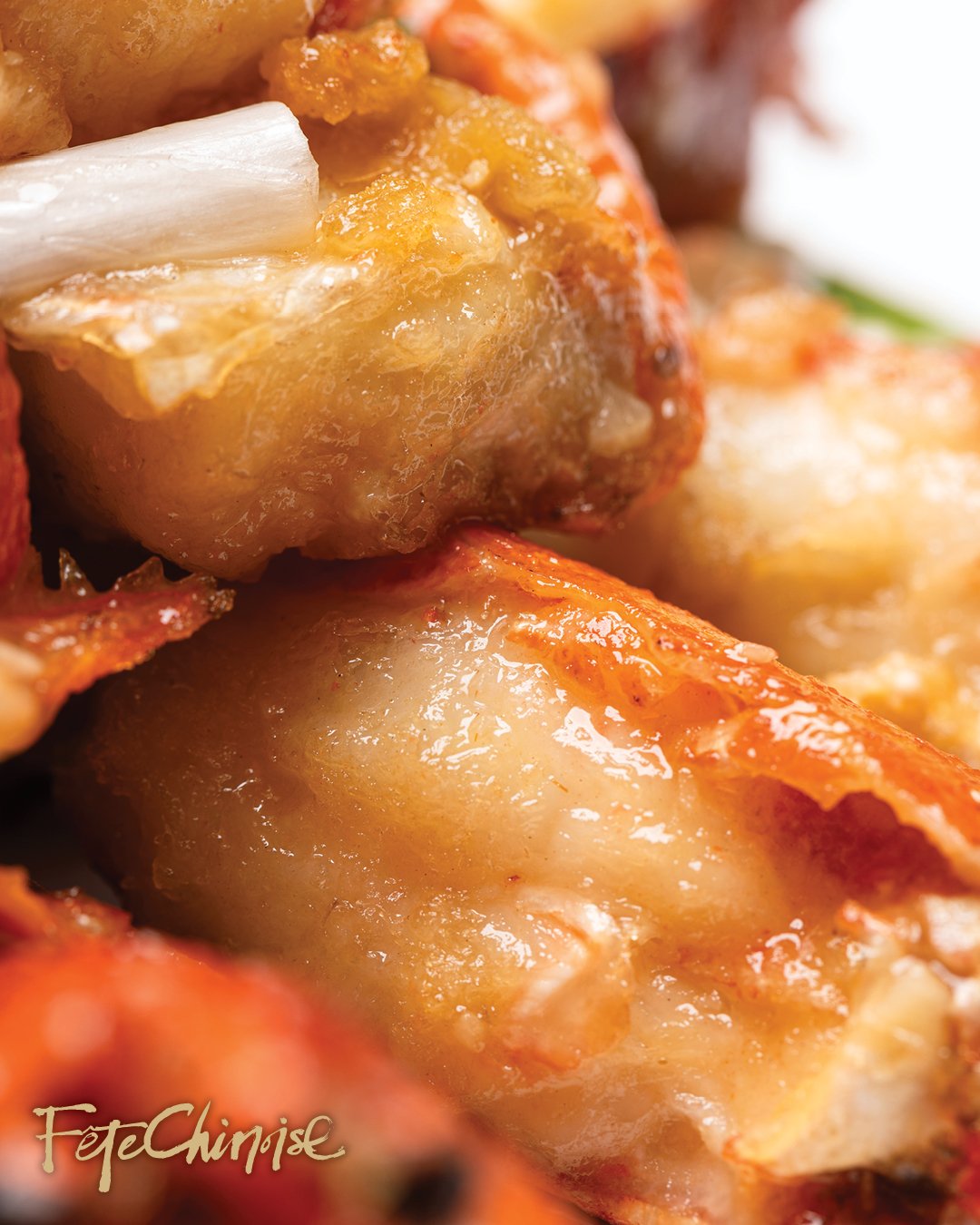
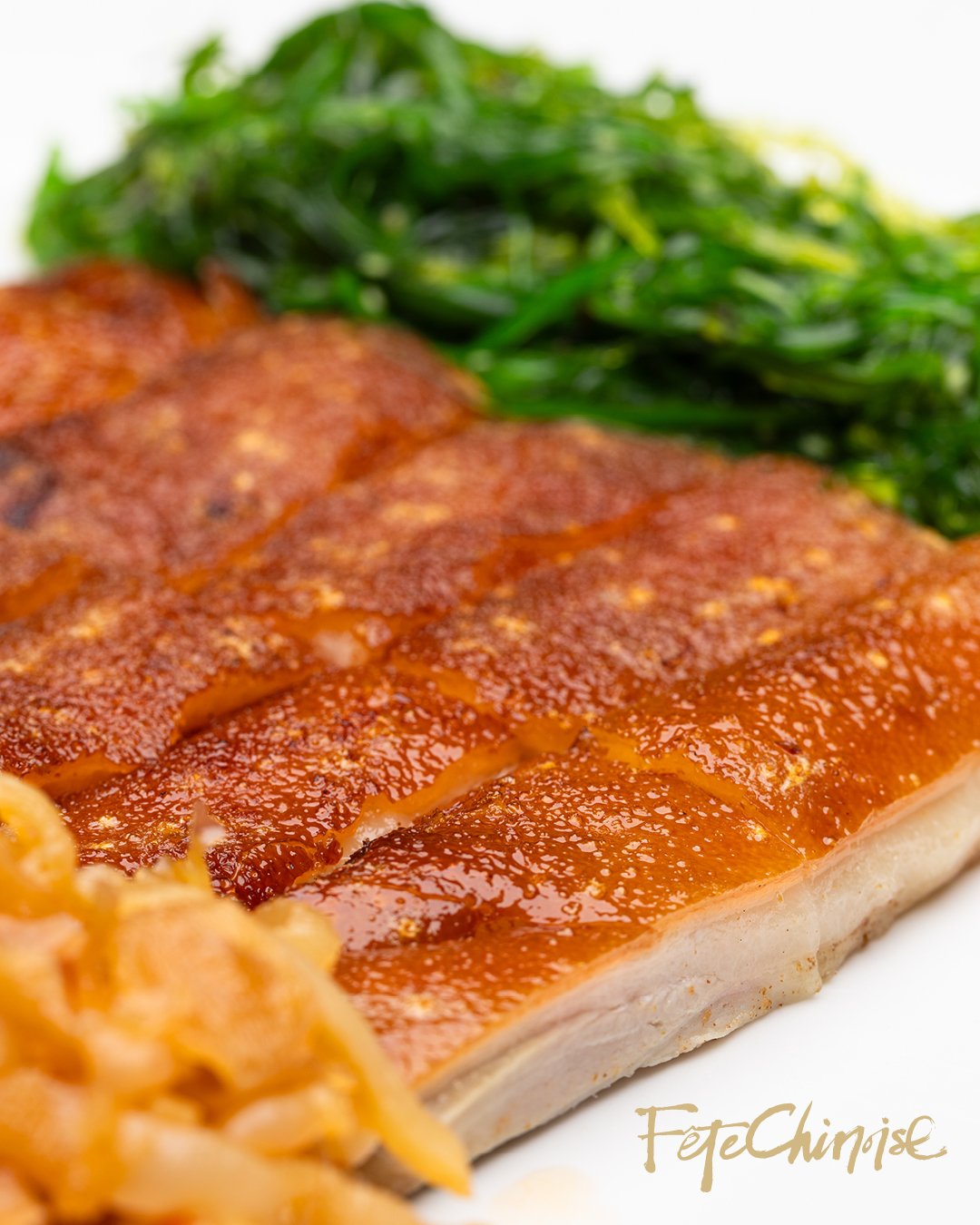


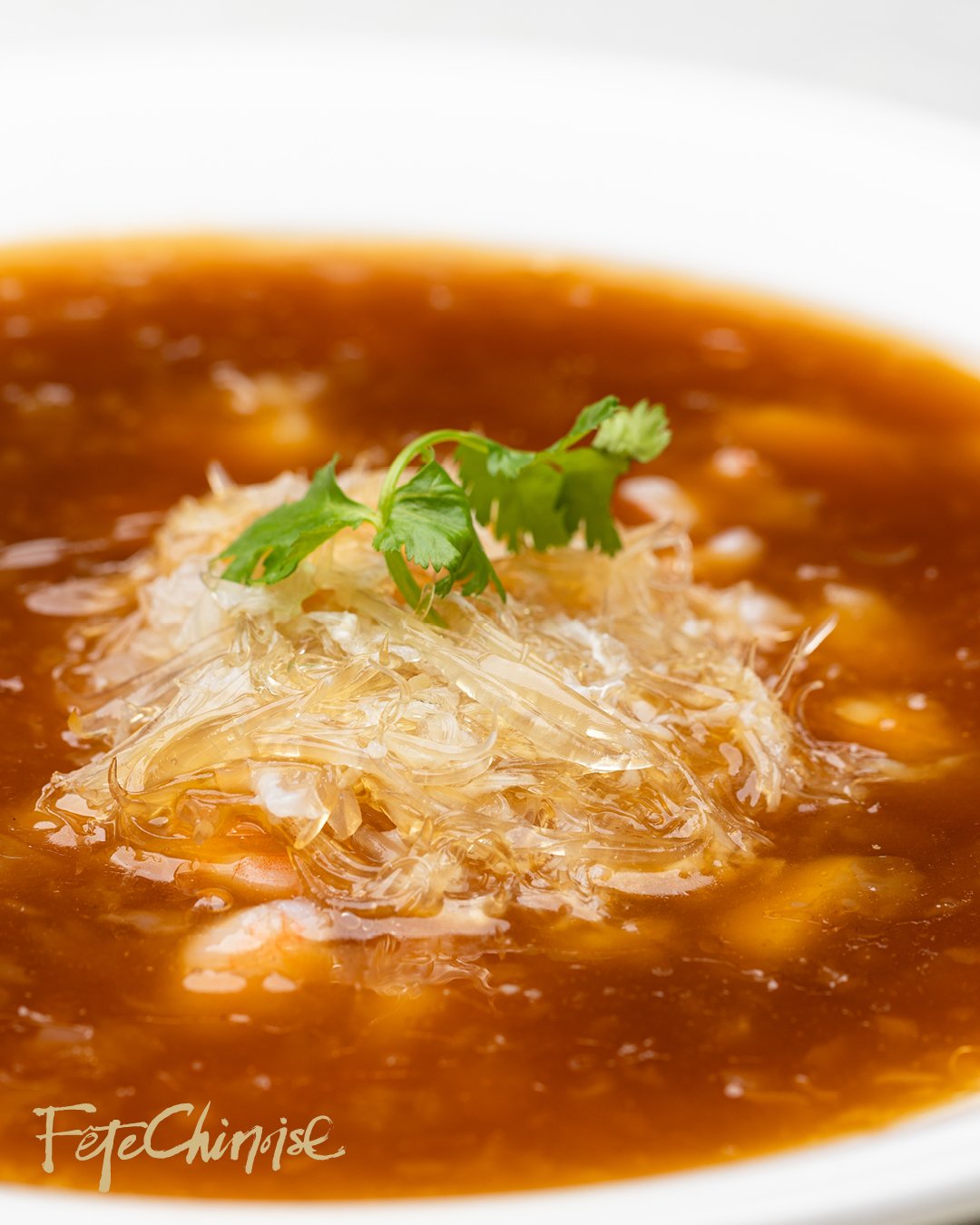
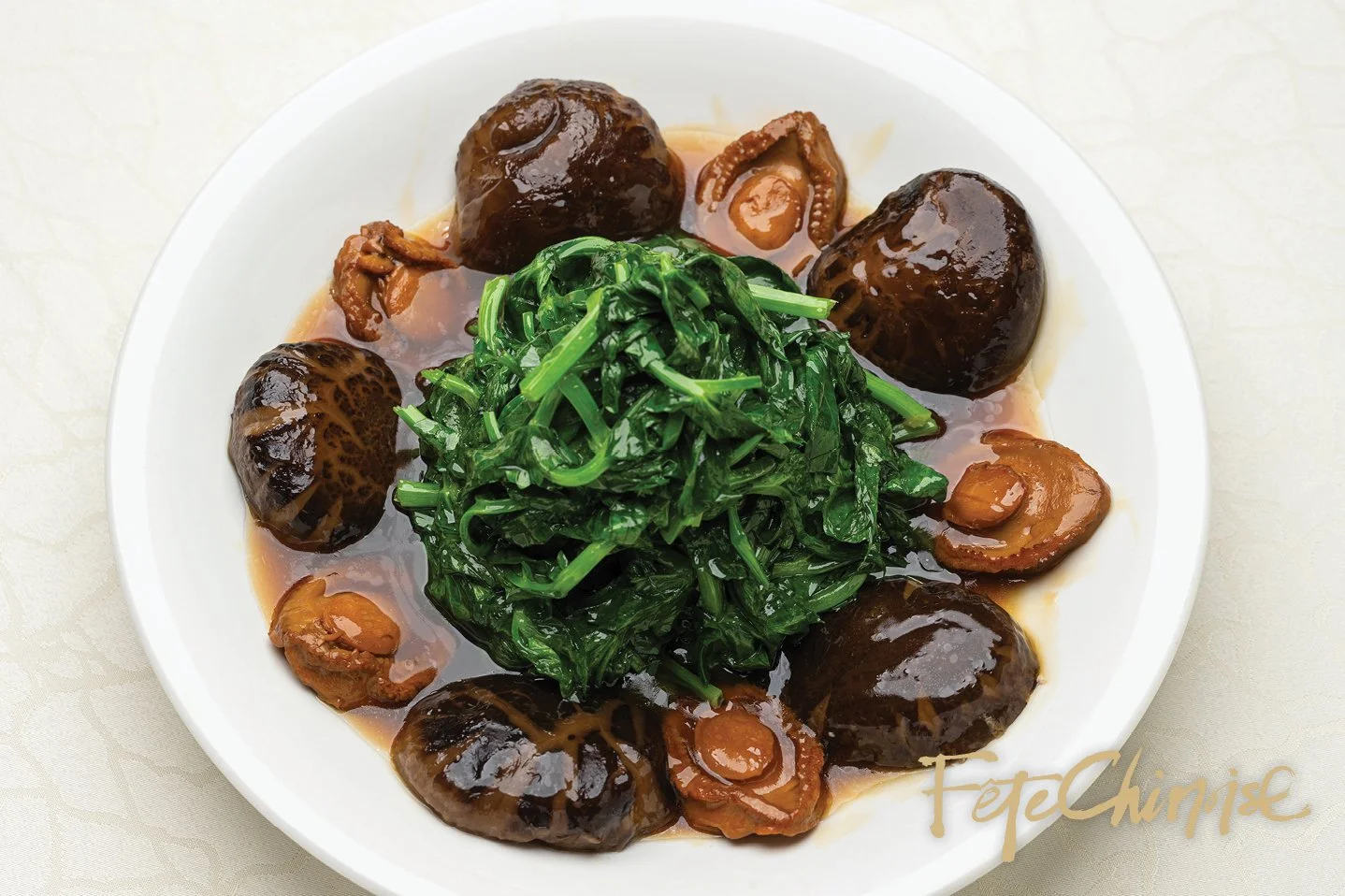


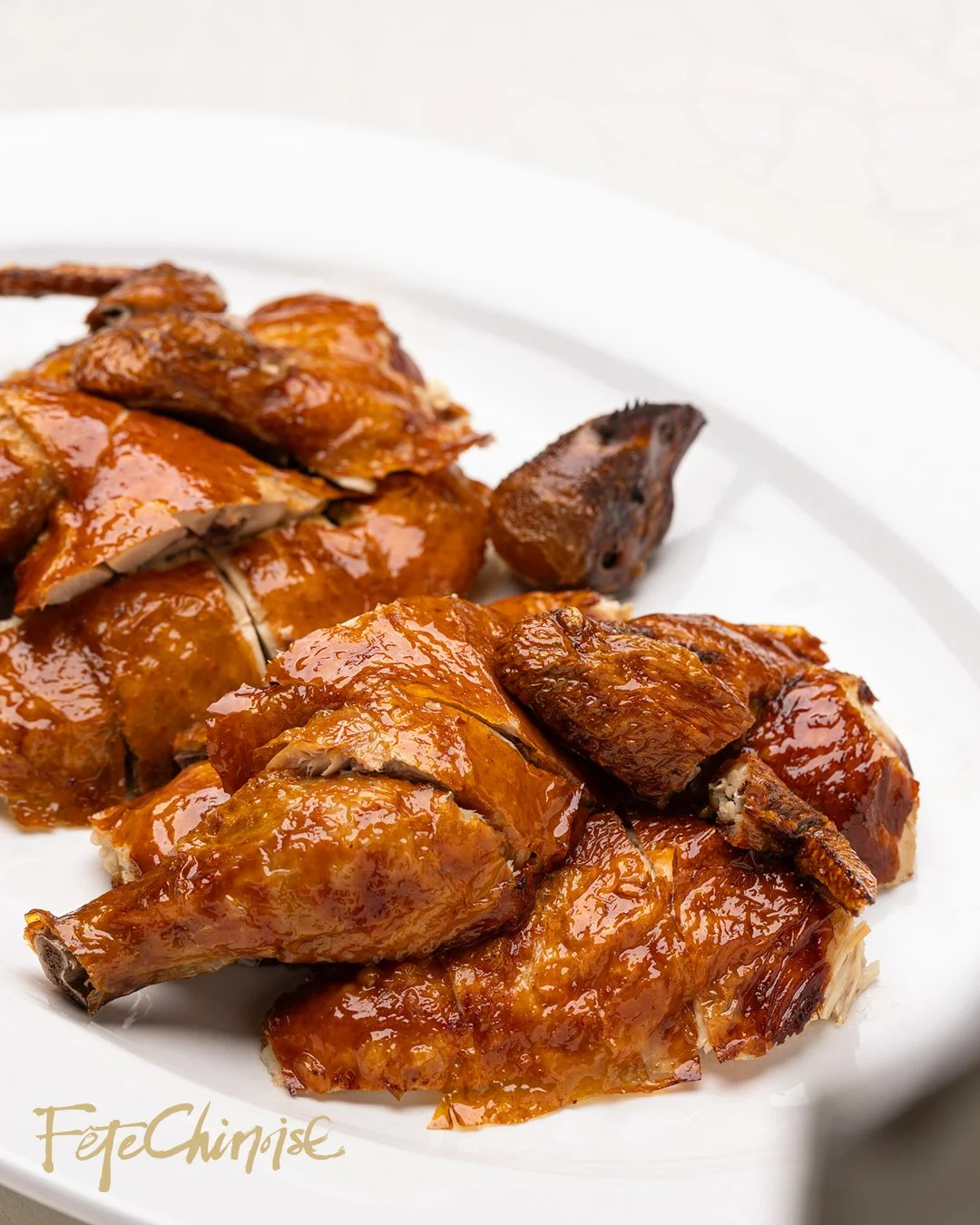







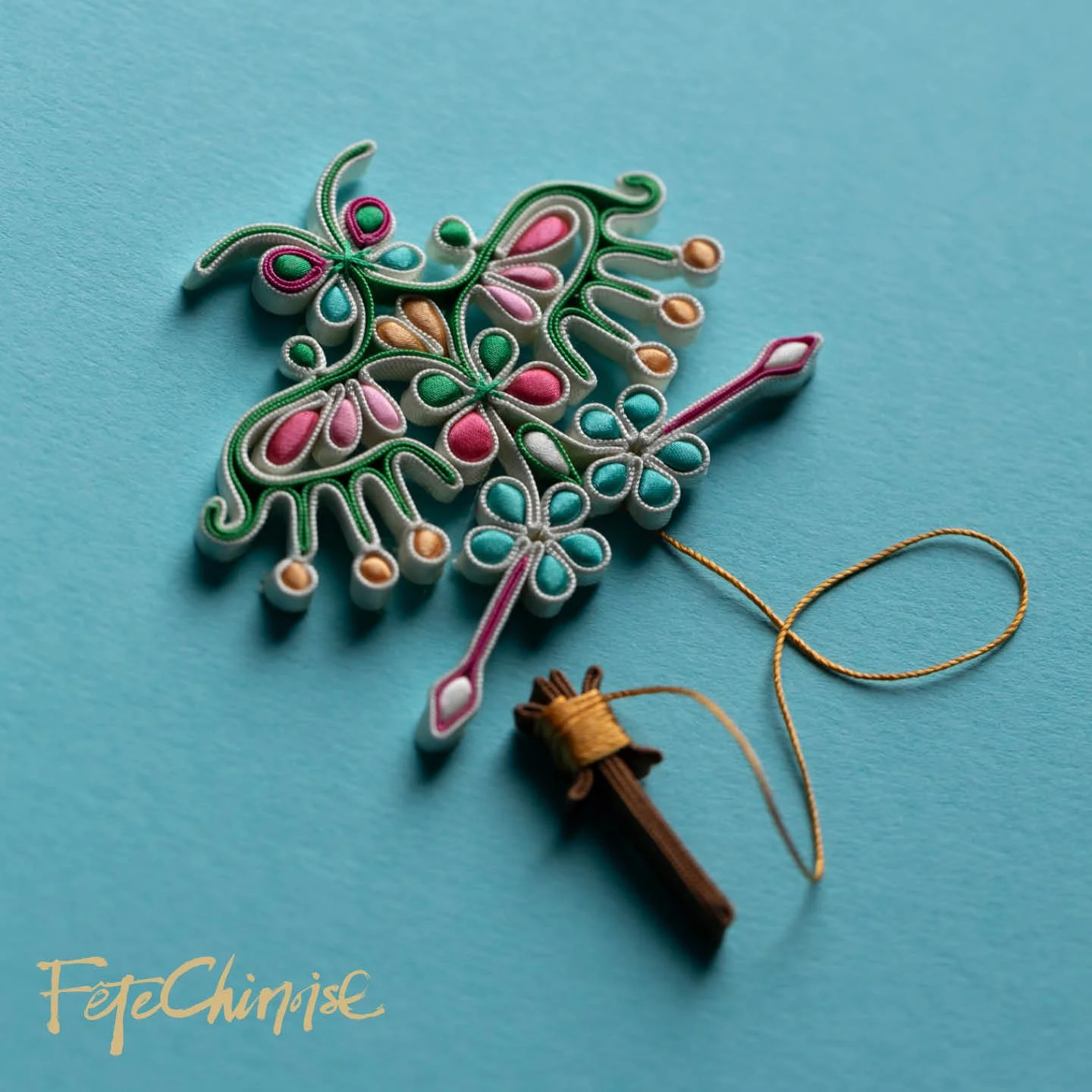


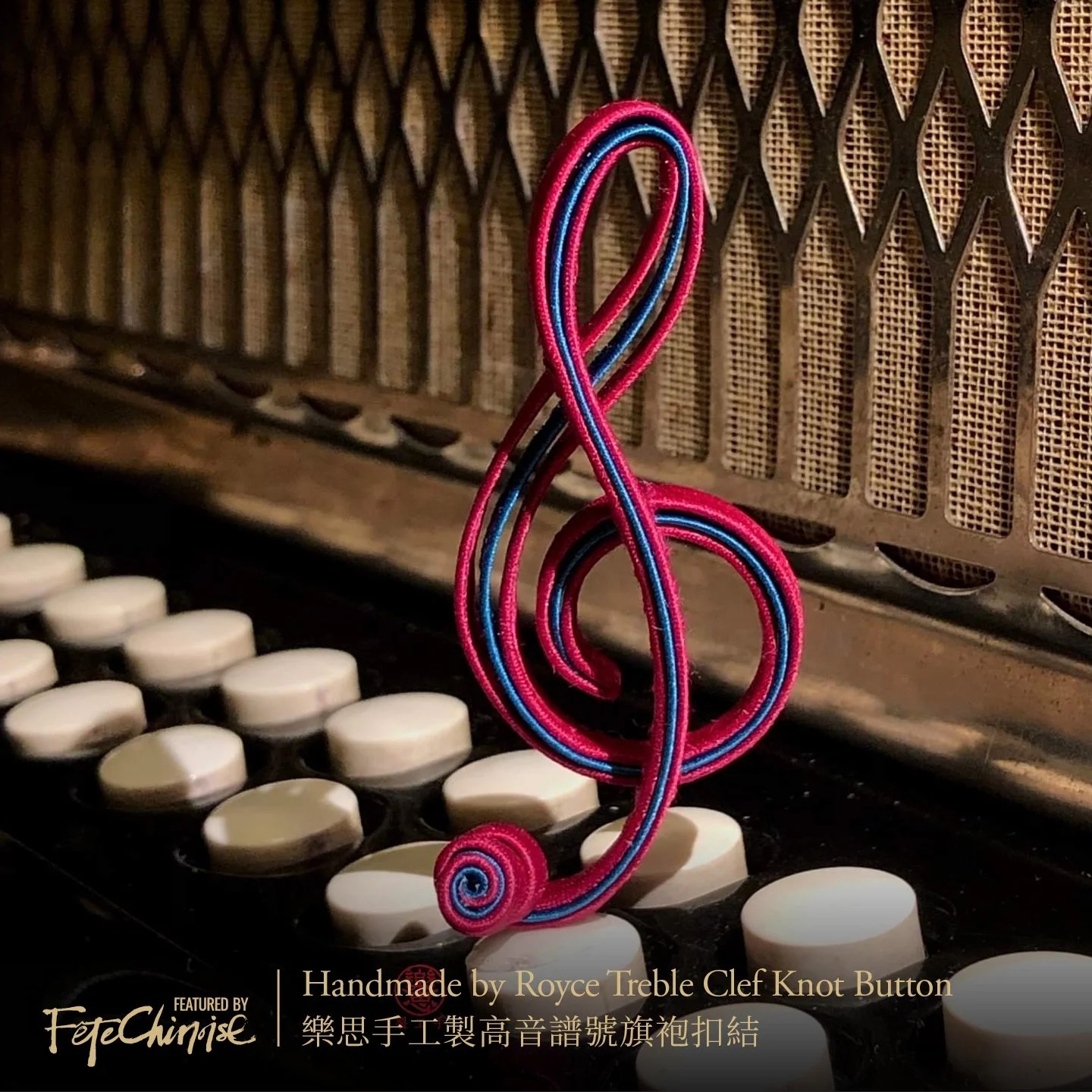




In Chinese culinary tradition, the Longevity Peach Bun (or Shoutao), holds a special place. Often found at birthday banquets for the elderly, this delightful treat is more than just a delicious dessert—it is a symbol of health, prosperity, and a long life. With its unique appearance and cultural significance, the symbolic bun continues to be a staple at celebrations as traditions are passed down generations of families in Asia and in diasporas around the world.